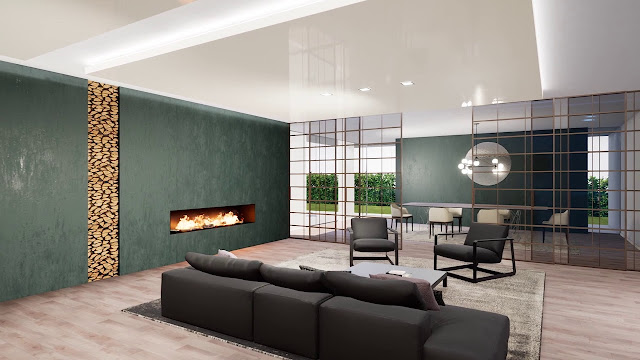Latest Trends In Architectural Rendering To Not Miss
Architectural Visualisation is nothing that no the architecture and interior designers find new these days. This is one of the most fruitful technologies in this field and goes through some massive changes with time which would affect the Architectural Renderings Cost and more.
Here are the latest upgrades or 3d Architectural Visualisation to stay ahead of your competitors.
3D Printing
Physical modelling is a time-consuming procedure in which a modeller carves foam core and gyp board into a miniature representation of a conceptual structure. It's a tedious, time-consuming process, but the end result is a magnificent prototype with the proper colours and, occasionally, real features such as trees and water. You can put it in a glass display case and exhibit it to your clients.
Virtual Reality Tours
For years, the idea of allowing clients to immerse themselves in the virtual world of architectural works has been considered. Even before construction begins, the full architectural work exists as a digital model. It's similar to animation. However, the client is within the virtual building and may interact with it. The client is standing and walking inside the structure, with a 360-degree view provided by the visualisation.
Animation
For decades, animation has been a critical gear in the visualisation wheel. Architects and interior designers, on the other hand, are only now beginning to employ motion renderings to show how a room or piece of land may be changed into something completely different. Patience, talent, and a vast amount of processing power are all required for animation, all of which are becoming increasingly available to businesses eager to amaze their clientele with something unexpected.
Walkthroughs
exploded axonometric drawings, transformations, and just about anything
else the imagination can think up can all be included in architectural
animations.
Virtual Reality
As virtual reality grows more common, it's becoming a more affordable playground for 3D artists, game designers, and architects to show off their skills and concepts. The idea of taking a customer through a building design in an interactive VR experience has been a long time coming, but it has only lately begun to become a reality.
It remains to be seen whether virtual reality is a trend worth following. The technology is still prohibitively expensive, and rendering artists who are both capable and willing to work with it are in short supply. The technology is backed by large corporations with deep pockets, so it's a safe bet that VR is here to stay. And you would surely be able to utilise it in future.
Static Diagramming
Architectural visualisation and 3D rendering aim to make it all easy-to-understand information about the design. Static diagramming can help clients, and the broader public better understand why decisions were taken by allowing them to participate in the design process. Individual design components, such as programming, circulation, plumbing and mechanical systems, other environmental and site factors, will allow them to digest the effort behind the finished visuals visually.
The use of 3d Architectural Visualisation is only limited by the imagination for now.



Architectural renderings are important instruments in the fight. Using such services is not expensive, contrary to popular belief. Here are a few budget-friendly suggestions. When you engage experts from Panoram CGI, for example, make sure to submit a clear project brief so that you can get the best 3D animation architecture services. Remember, the more specific the brief, the better the architectural rendering services will be. It should be your goal to accurately communicate your desires to the rendering company.
ReplyDelete